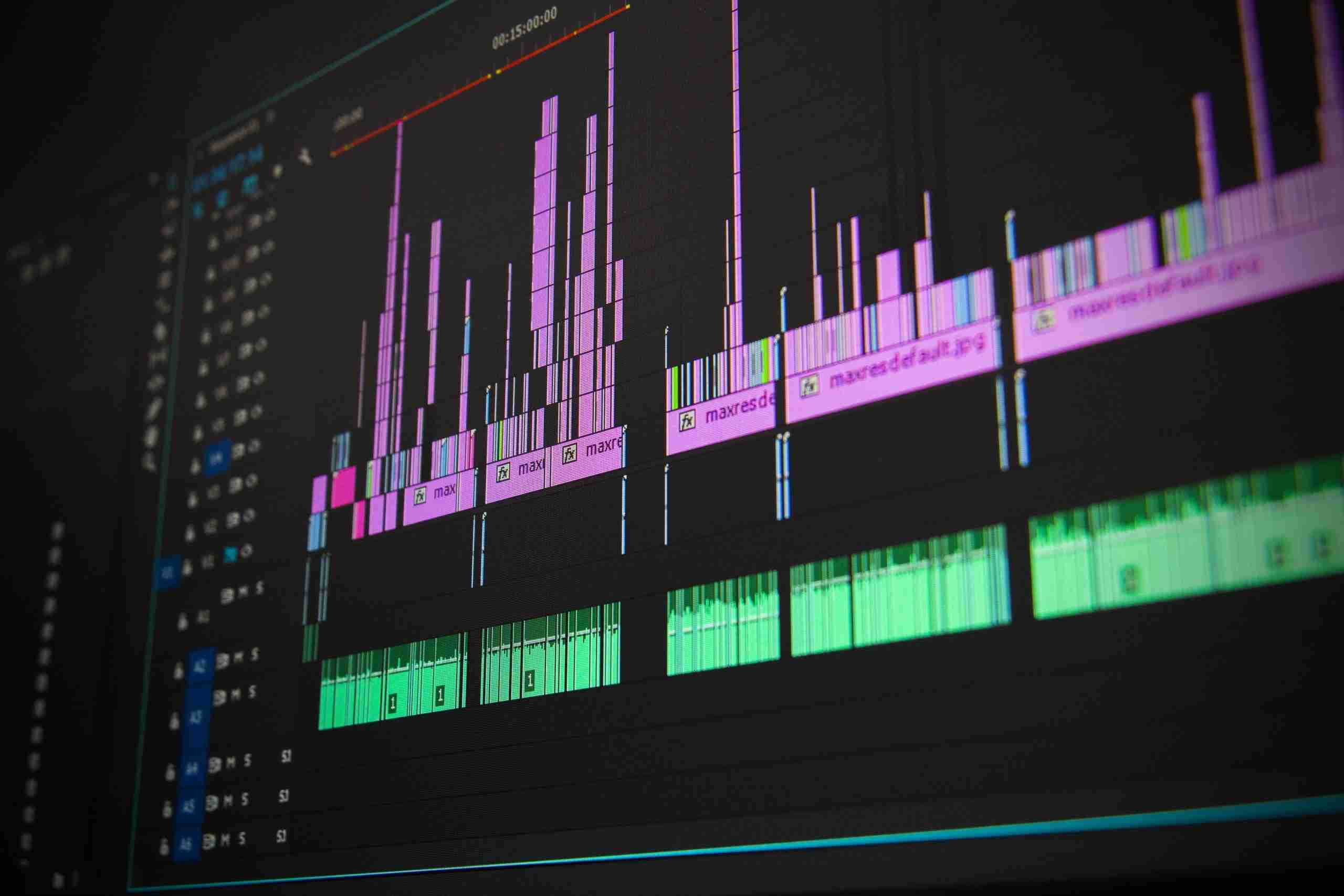Can Piracy Be Stopped? Lessons from Real-World Anti-Piracy Efforts
September 19th, 2024
Over the years, working with companies who host downloadable content marketplaces for games such as Minecraft, Roblox, Unity, and Unreal Engine, I’ve seen piracy from all angles.
One of the most important questions we need to ask is: Why does piracy happen in the first place? It’s not just about outsmarting pirates with technology—it’s about understanding the deeper reasons behind it and finding ways to reduce its impact.
Is Fingerprinting Digital Content Enough?
One of the biggest breakthroughs we had was figuring out how to embed unique identifiers into different types of files. At first, we were just placing static markers in every download, but it didn’t take long for pirates to figure out how to strip them out or bypass them entirely.
So, we took things up a notch by embedding these identifiers in a much less obvious way—tweaking small details like file structure or metadata that wouldn’t impact the file’s performance but would still let us trace it back to the original source if it got pirated. To make it even more secure, we encoded or obfuscated these identifiers using proprietary algorithms, which allowed us to decrypt them later and reveal the exact user who distributed the pirated content. It’s a pretty neat system.
Embedding in Text Files
One of the more interesting approaches we used was embedding identifiers into text-based content like YML, XML, HTML, and PHP files. We could modify content word order, add invisible spaces, or insert custom tags or modify code in ways that wouldn’t affect how the file worked but would still leave a unique fingerprint. Every file could be tracked live, and when a pirated version appeared online, we’d match it to the original user using the embedded, encoded identifiers in our database.

Above: Embedding unique audio cues or modifying sonic frequencies allow companies to accurately log information from user-downloaded content.
What Would It Take to Stop Piracy?
After years of working on anti-piracy solutions, I’ve come to realize the key isn’t in more restrictions or harsher legal action. It’s about addressing the core issues that lead to piracy: access and affordability.
More Flexible Pricing Models
In one project, we experimented with tiered pricing based on regional economies. By matching the general incomes from different regions, we saw something interesting: users in lower-income areas were far more likely to purchase content when the price was adjusted to be affordable for them. Instead of sticking to one general price for everyone, we adapted our pricing to fit each region’s purchasing power.
The result? Piracy dropped significantly in those areas. We realized that for many users, piracy wasn’t always a first choice—they turned to it because the general price of content was simply out of reach. By making the content affordable according to local economic conditions, users preferred to buy the legitimate version rather than resorting to piracy.
Solution: Price digital content based on local economies. When it’s affordable, people are far more likely to pay, reducing the incentive to pirate.
Final Thoughts
Piracy isn’t just a technical challenge; it’s a social and economic issue. If we want to reduce it, we need to create a system that works for both creators and consumers.
- Flexible pricing models that reflect local economies
- Global access and direct support systems for creators
These steps might not end piracy overnight, but they’ll help shift the balance. The real solution lies in building a better, more inclusive digital ecosystem—one that benefits both creators and users.